DALL·E \(2\) - Overview and Applications
In this short blog post, we will discuss the recent DALL·E \(2\)
Discloser: All images in this blog are AI-generated by DALL·E 2.
Introduction#
DALL·E \(2\) is a generative model that takes sentences and creates corresponding original images.
The model can generate realistic images and art from just text descriptions. It can combine
different concepts, attributes, styles, and ideas. At 3.5B parameters, a smaller size
than its predecessor DALL·E
In a nutshell, the model takes only an input short text (prompt) and generates a new image by combining the semantic information from the text, such as a related object, background, etc. Figure 1 and Figure 2 below show some creative styles of arts, such as Bauhaus, digital, and pixel created by the model via prompting.

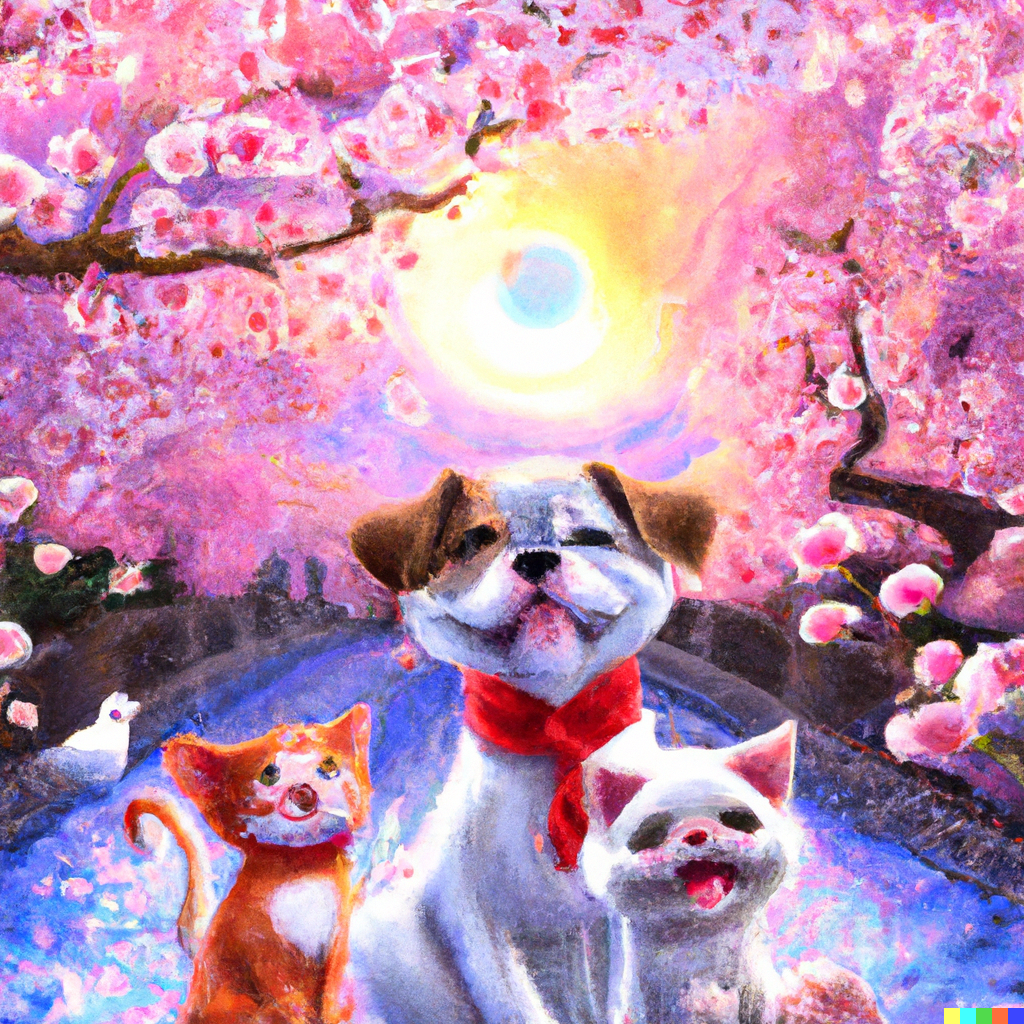
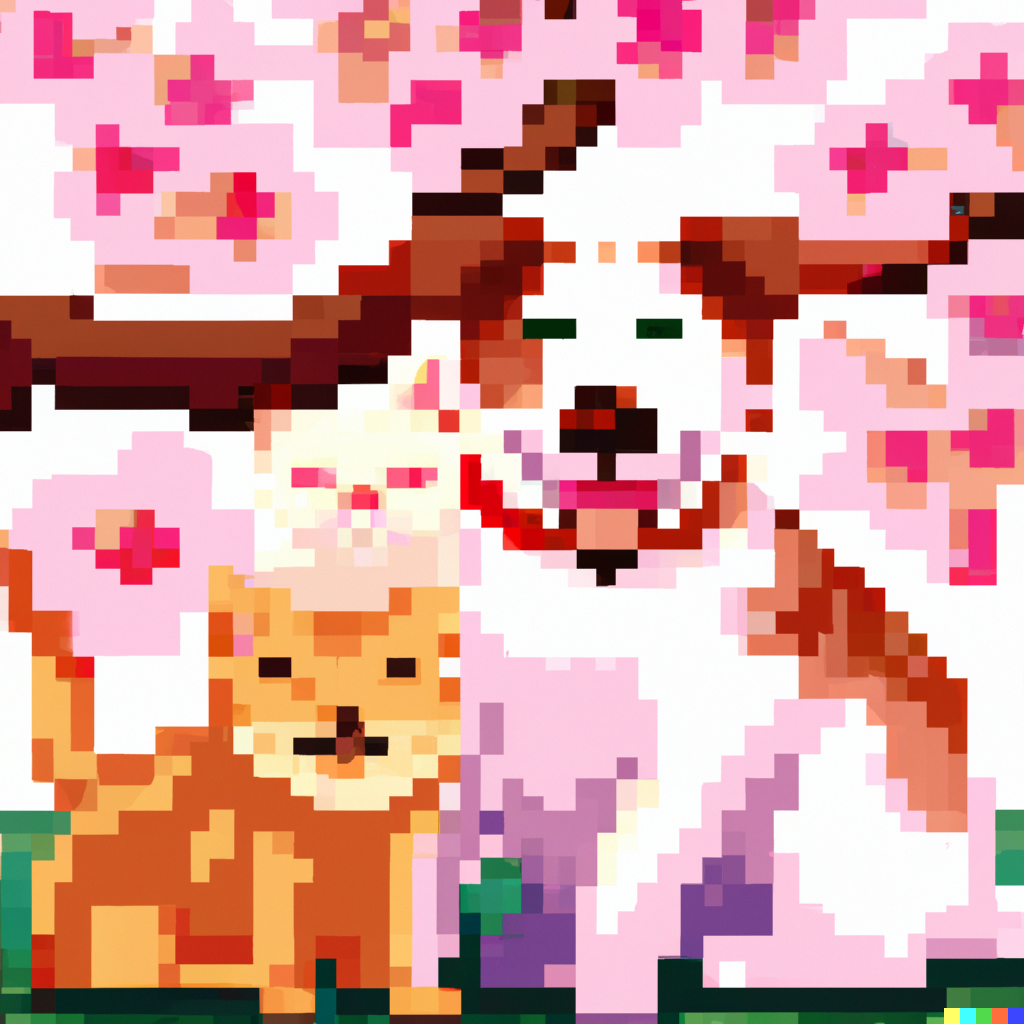
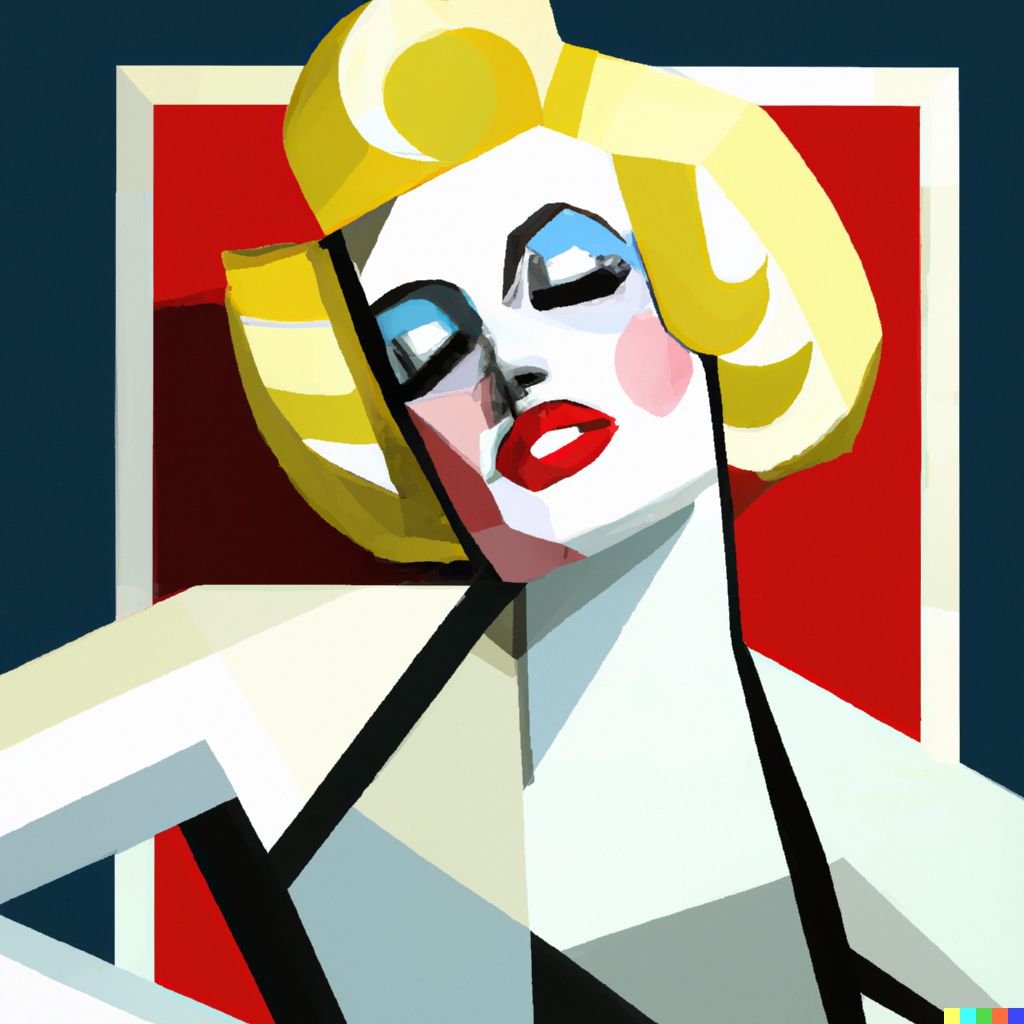


In this short blog, we will take a look at DALL-E 2 and how it manages to create such images as those above. At the highest level, DALL-E 2's works very simply. First, an input text prompt is given to the text encoder that maps the input to a representation space. Next, the prior map the text encoding to the corresponding image using semantic information from the text. Finally, the image encoder generates an image from the text encoding.
Method#
The generative model DALL·E \(2\) relies on an inverse CLIP
The model consists of three blocks as shown in the Figure 1 below. The (1) Frozen CLIP, (2) Decoder, and (3) the prior. Next, we will discuss each block in more detail.

CLIP
The CLIP model contains two components a text encoder \(g\) and image encoder \(f\). The model during training will use batches of the images and caption pairs as a sample from a large dataset from the web. The model optimizes a contrastive cross-entropy loss, which encourages the high dot product of \(f\) and \(g\) if the image and \(c\) come from the same image captioning pairs, meanwhile, it encourages the low dot product if \(x\) and \(c\) come from different image caption pairs. The contrastive cross-entropy loss can be written as:
\[ \small -\log \frac{\exp \left(f\left(\mathbf{x}_{i}\right) \cdot g\left(\mathbf{c}_{j}\right) / \tau\right)}{\sum_{k} \exp \left(f\left(\mathbf{x}_{i}\right) \cdot g\left(\mathbf{c}_{k}\right) / \tau\right)}-\log \frac{\exp \left(f\left(\mathbf{x}_{i}\right) \cdot g\left(\mathbf{c}_{j}\right) / \tau\right)}{\sum_{k} \exp \left(f\left(\mathbf{x}_{k}\right) \cdot g\left(\mathbf{c}_{j}\right) / \tau\right)} \] Given the optimal value of \(f(x) \cdot g(c) \), CLIP can be used to generate semantic image embedding
or to guide
Decoder. The decoder is a diffusion model
The proposed Decoder is a modified version of GLIDE
Given a sample data distribution \( x \), a Markov chain of latent variable is produced \( x_{1, \ldots,} x_{T} \) by adding Gaussian noise to the sample data:
\[ \small q\left(x_{t} \mid x_{t-1}\right):=\mathcal{N}\left(x_{t} ; \sqrt{\alpha_{t}} x_{t-1},\left(1-\alpha_{t}\right) \mathcal{I}\right) \] where \( x_{t} \mid x_{t-1}\) and \( \sqrt{\alpha_{t}} x_{t-1}\) are the scaling factor
and \(\mathcal{I}\) is a diagonal Gaussian. If the noise is small enough, the posterior \(q\left(x_{t-1} \mid x_{t}\right)\)
(reversed step) is approximated by a diagonal Gaussian, which indicates that the network can learn to construct
previous observations. However, if the noise is too large,
\(x_{T}\) is approximated by standard normal distribution \( \mathcal{N}(0, \mathcal{I}) \).

Therefore, the model will learn to reduce the gaussian noise to reconstruct \(x_{t-1}\), the true posterior \( p_{\theta}\left(x_{t-1} \mid x_{t}\right) \):
\[ \small p_{\theta}\left(x_{t-1} \mid x_{t}\right):=\mathcal{N}\left(\mu_{\theta}\left(x_{t}\right), \Sigma_{\theta}\left(x_{t}\right)\right) \]The idea is to start with the Gaussian noise \(x_{T} \sim \mathcal{N}(0, \mathcal{I})\) and try to reduced the noise to predict the data distribution \(x_{T-1}, x_{T-2}, \ldots, x_{0}\).
In simple English, If the noise is normally distributed whatever comes out after the noise will be normally distributed. Note that the added noise to each sequence is very small, so the model can go back and predict the previous version and reconstruct the original image after destroying it with noise. Therefore, the process of sampling from unknown distribution will be much easier by just sampling from the noise.
During training, the model learns a loss function to reconstruct one of these steps in Figure 4. The network will learn to predict the variational distribution \(x_{t-1}\) from \(x_{t}\). Therefore, rather than predict the image itself, the model will predict the noise \(\epsilon\) and thus the prediction target will be \(\epsilon = x_{t} - x_{t-1}\):
\[ \small L_{\text {simple }}:=E_{t \sim[1, T], x_{0} \sim q\left(x_{0}\right), \epsilon \sim \mathcal{N}(0, \mathbf{I})}\left[\left\|\epsilon-\epsilon_{\theta}\left(x_{t}, t\right)\right\|^{2}\right] \]where \(t\) is the index or number of timestep, and the noise \(\epsilon\) is the model desired outcome prediction.
However, DALL.E 2 is a modified version of GLIDE to integrate CLIP embedding. In particular, CLIP text/image embedding projection is encoded into each timestep and concatenated to the sequence of outputs from the GLIDE text encoder.
Prior. As the CLIP is an inverted image embedding, a prior model is needed to produce a caption and to enable image generation from input text (caption). Two different model classes as prior are used:
Autoregressive prior. The CLIP image embedding \(z_{i}\) is converted into a discrete sequence, with
Principal Component Analysis (PCA)
Diffusion prior. The vector \(z_{i}\) is modeled via a Gaussian diffusion model conditioned on the caption \(y\).
The encoder is trained on casual attention to encode CLIP text embedding
and the noise from CLIP image embedding. The final embedding is to
predict the unnoised CLIP image embedding. In particular, for the decoder, a transformer with a causal attention mask
is trained to encode (1) CLIP text embedding,
and (2) the embedding for each diffusion timestep, noised CLIP image embedding. The transformer output is
used to predict the unnoised CLIP image embedding. Unlike
Figure 3 shows CLIP text embedding is (1) fed into an autoregressive or diffusion prior to generate image embedding, and then (2) this embedding is used as condition to the diffusion decoder to generate the final image.
Application#
DALL·E as a general generative model has unlimited research and direct application. In this section, we will discuss just a few.
Direct Application
One of the built-in features in DALL·E \(2\) is the editing feature or inpainting. Next, we will discuss image-editing and zoom-out features.
Image-editing Inpainting. Image editing or inpainting is the task of filling missing batches or pixels in an image using the surrounding context to make it look like the original. In addition, some applications in inpainting can be used for image editing and object removal. The advantage of DALL·E \(2\) it can edit and generate a realistic image on the fly. For example, the model can be used to add objects with shadows, reflections, and textures that match the surrounding context. In addition, the user can specify which part of the image to edit or add objects.
Figure 5 shows an example of an editing feature by adding girl (Middle) and (Right) inserting more people in the same picture.


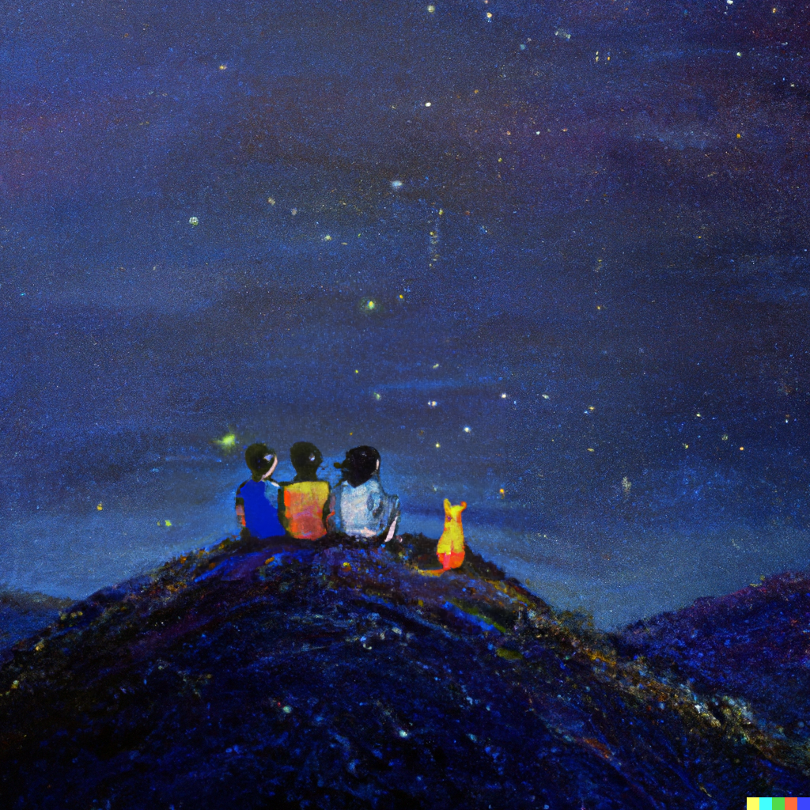
Zoom-out Inpainting. Zoom-out is another use of inpainting techniques by adding some padding to match up the image. Figure 6 shows the model (Right) the original image, (Middle) a padding version, and (Right) the model re-create the scene with a zoom-in rich color image from the same painting.
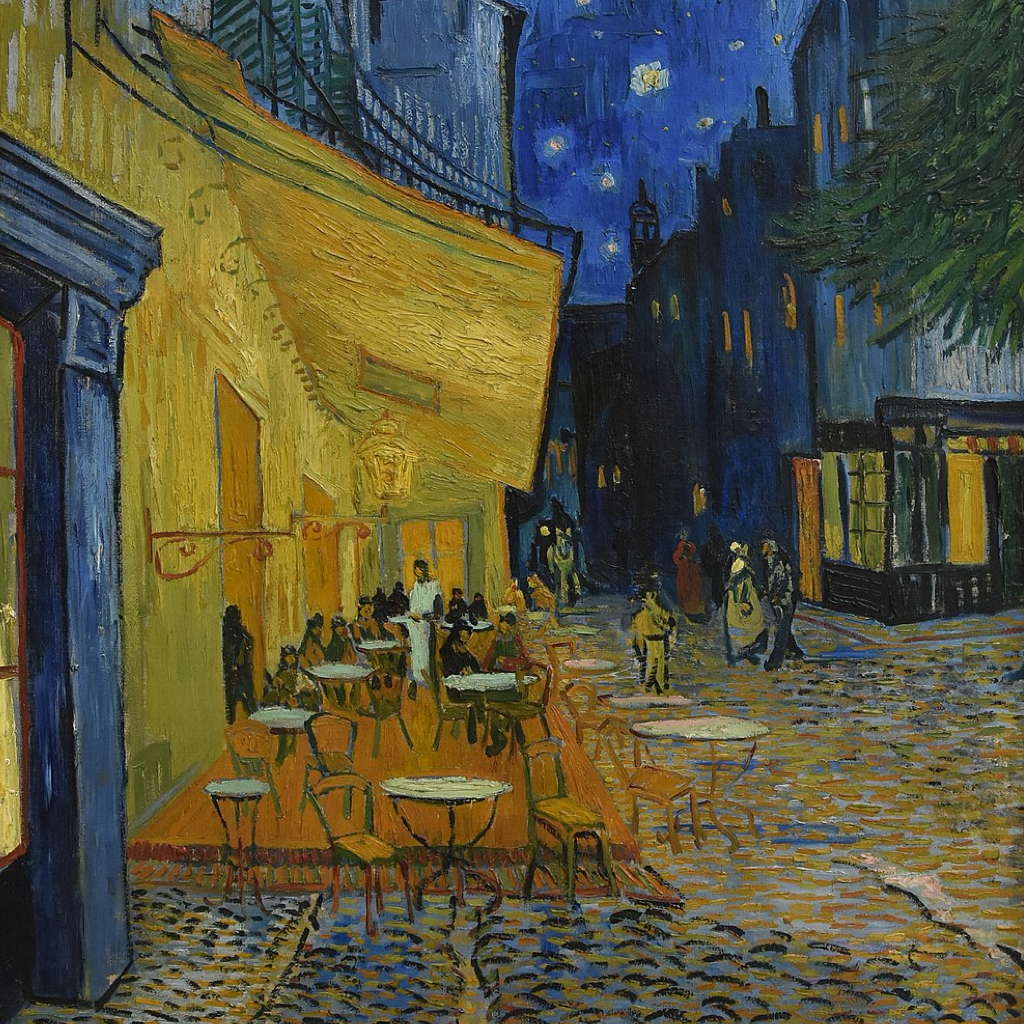
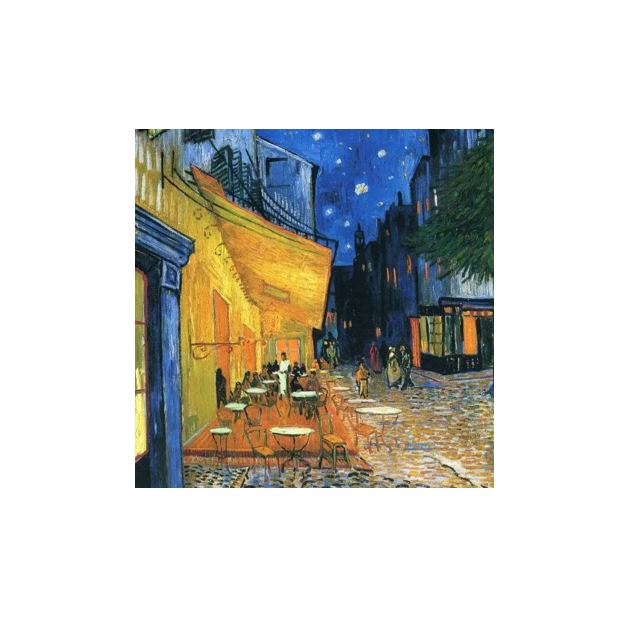
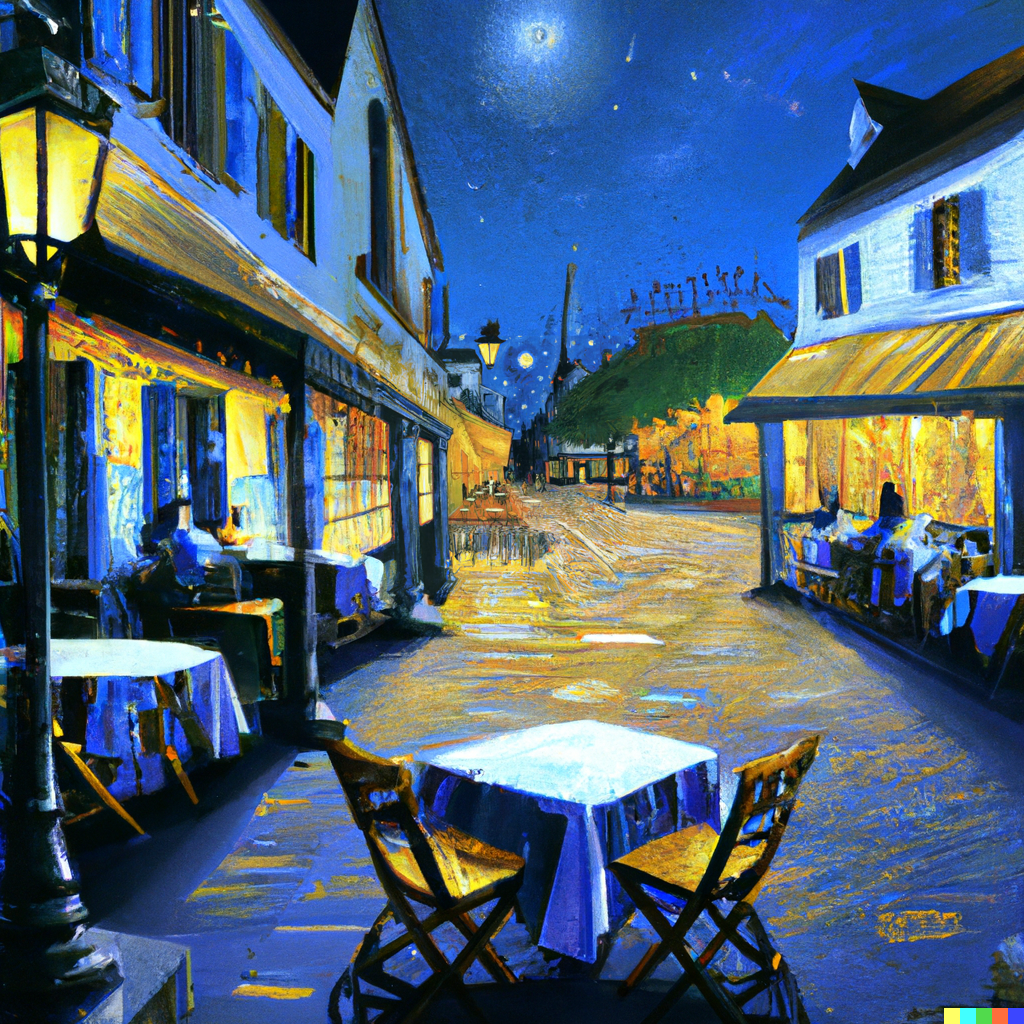
Research Application
A lot of applied research can take advantage of the high-level quality generated synthetic images. Next, we will discuss three types of research ideas that already exist but can take advantage of the generative model: (1) data generation, (2) caption evaluation, and (3) gender bias study.
Image Augmentation and Generation. Data generation can take advantage of the
quality of these images that is similar to human pictures. Figure 7 and Figure 8 below show: (Left)
image from COCO dataset and (Middle) and (Right) image from DALL-E 2 via synthetic prompt. In particular,
we used Caption Transformer
Caption Diversity Evaluation.
Diversity based Caption evaluation is an important task in computer vision. Caption evaluation systems relies on traditional metrics
like BLEU


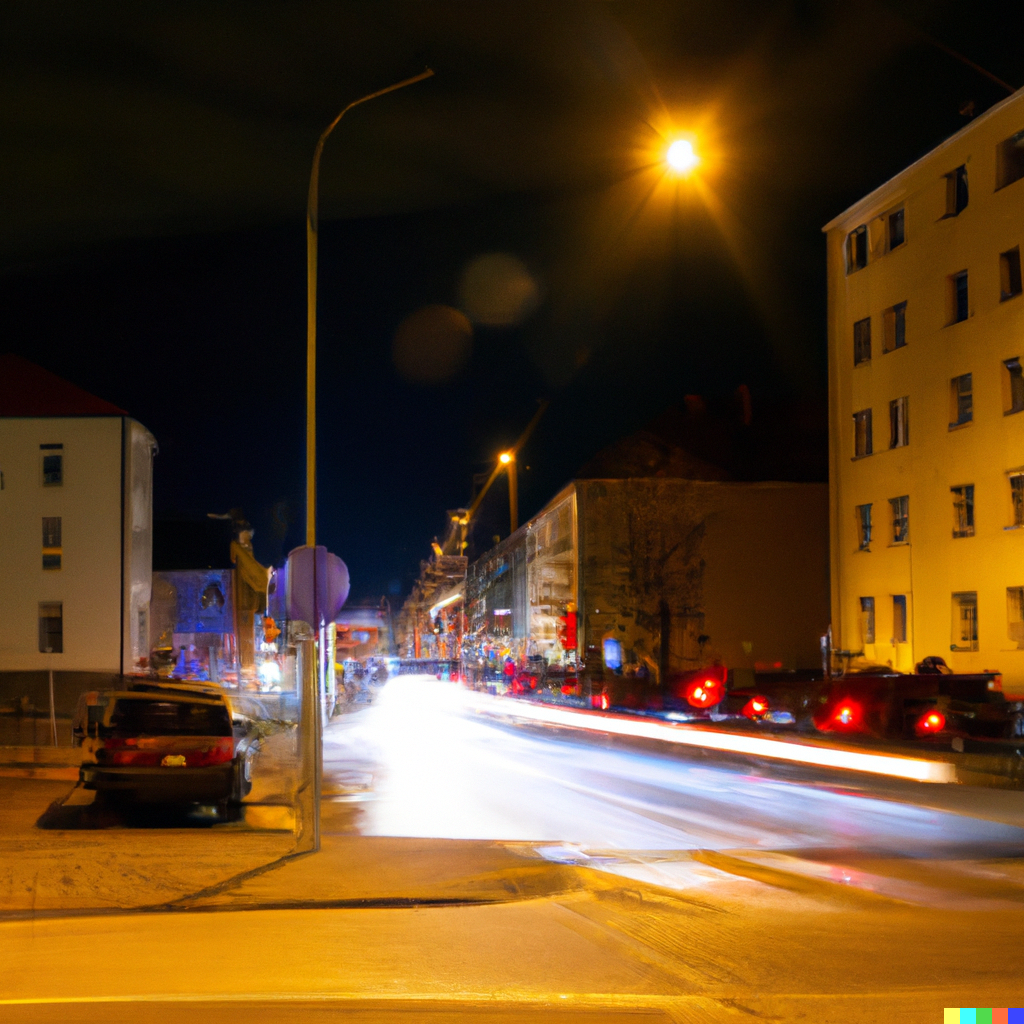
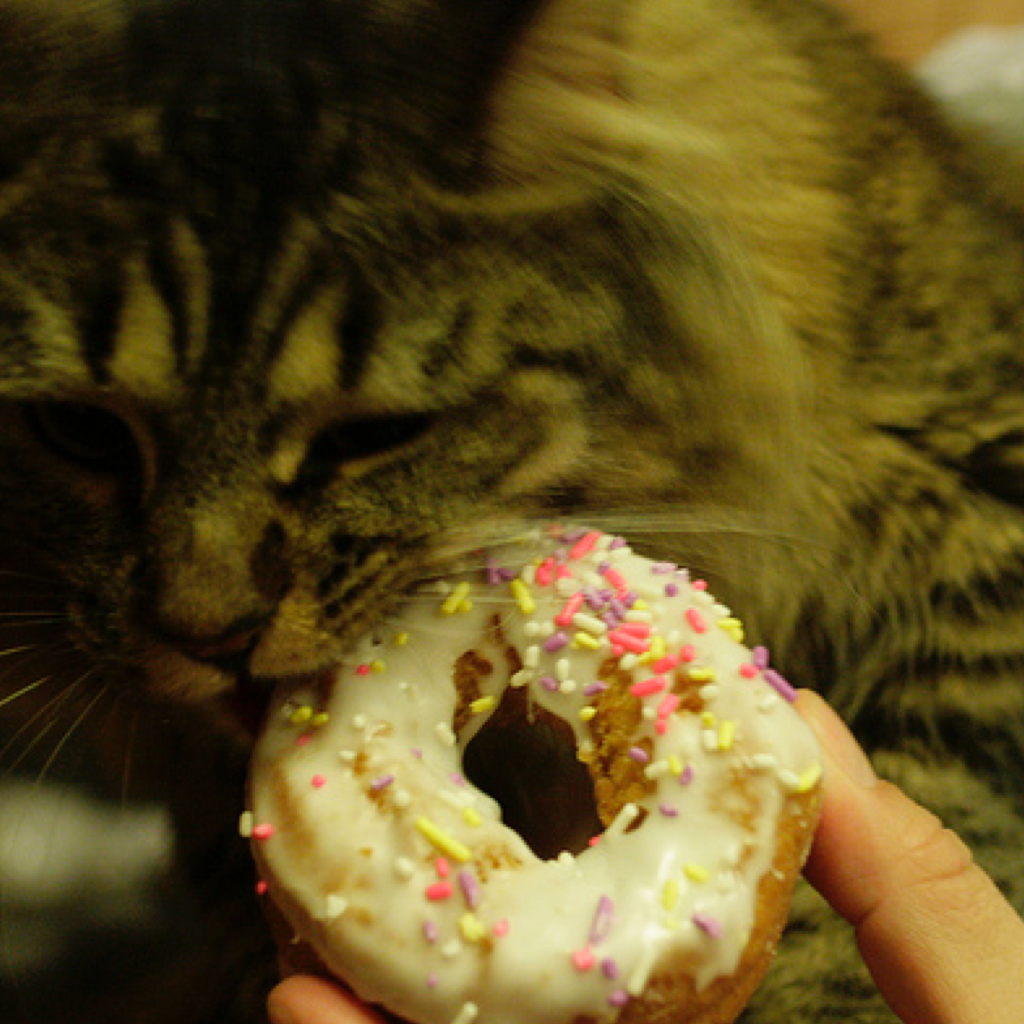

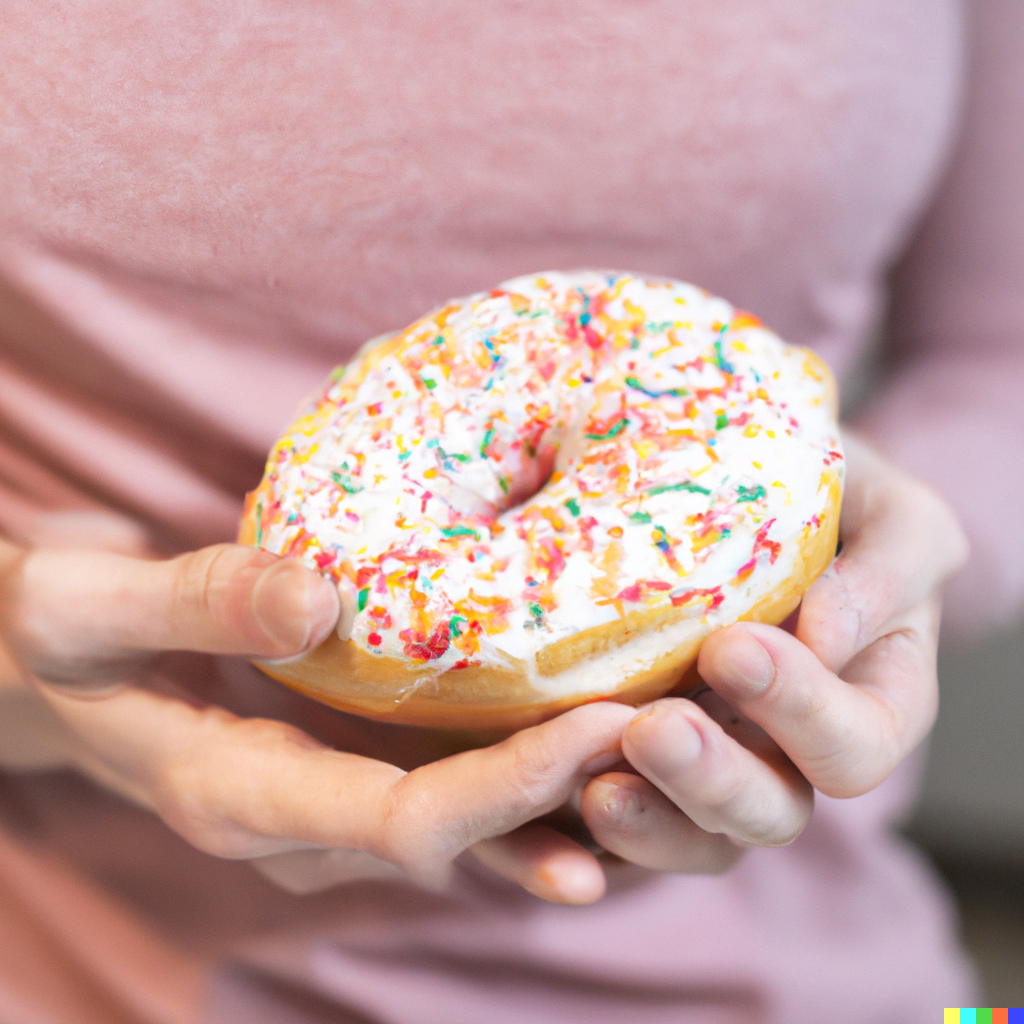
Gender Bias Evaluation. Another open research application is gender bias evaluation.
Gender bias evaluation research in images is mostly active in image captioning task
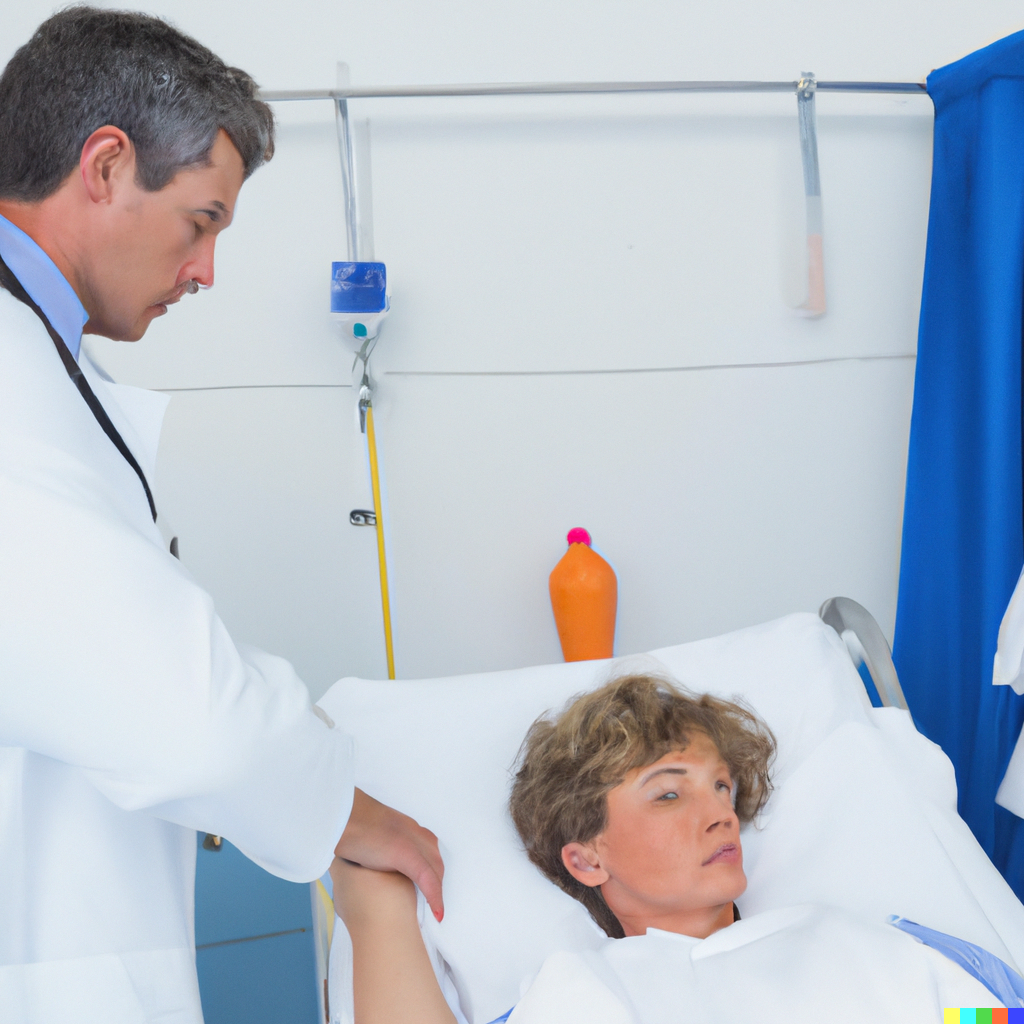
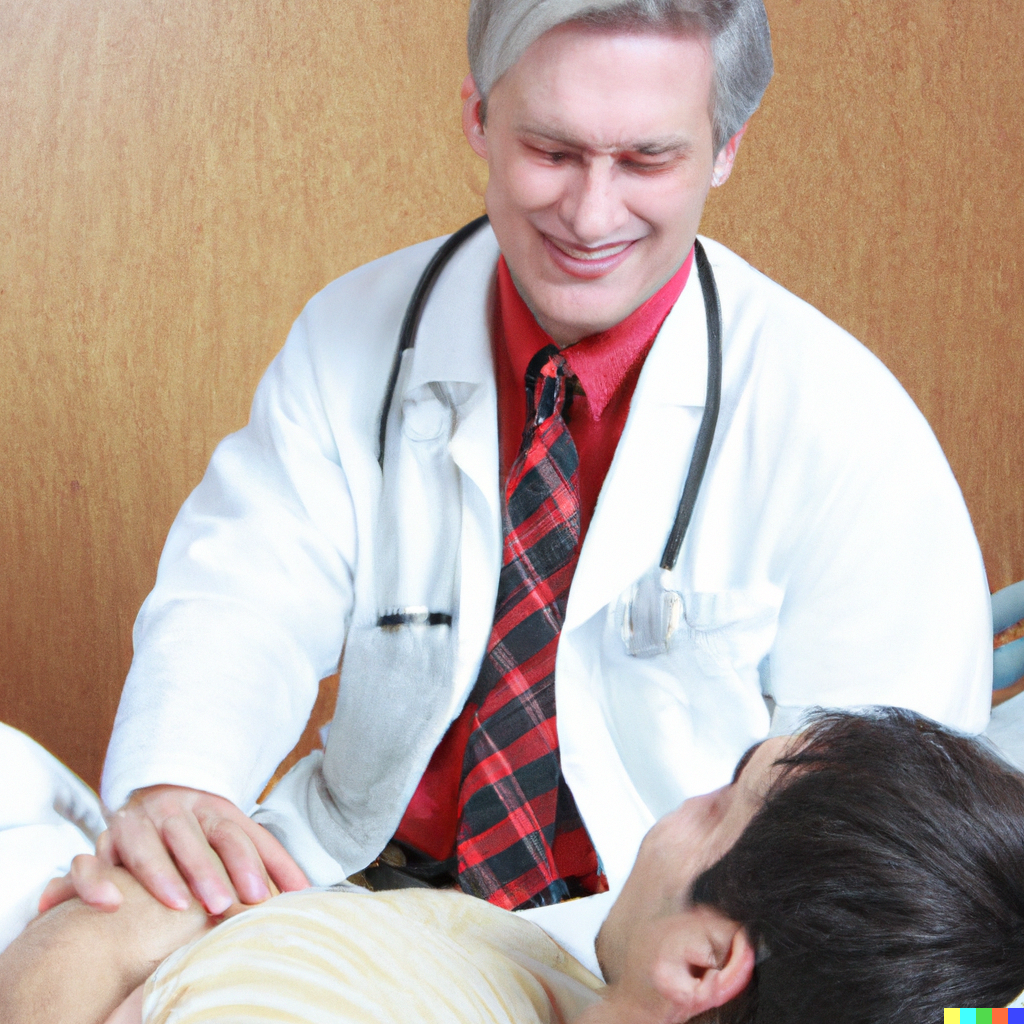
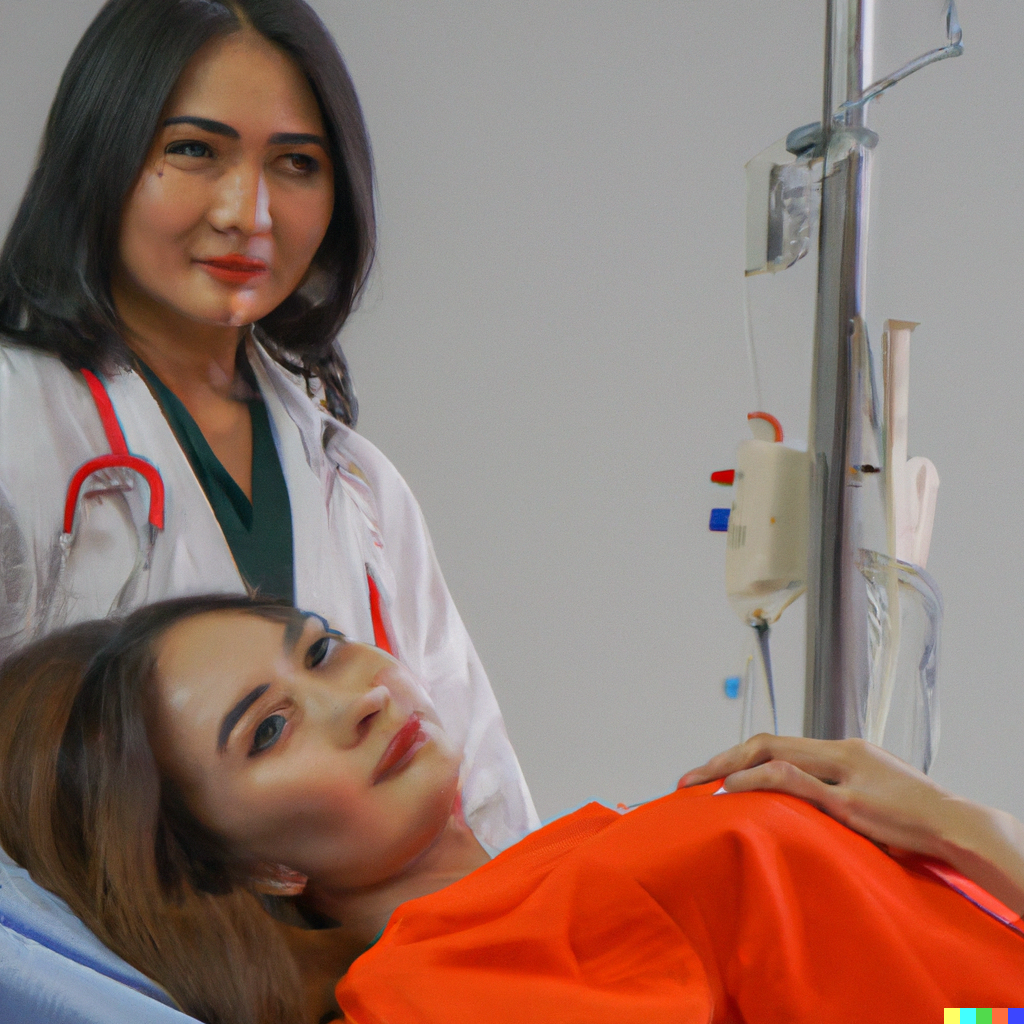


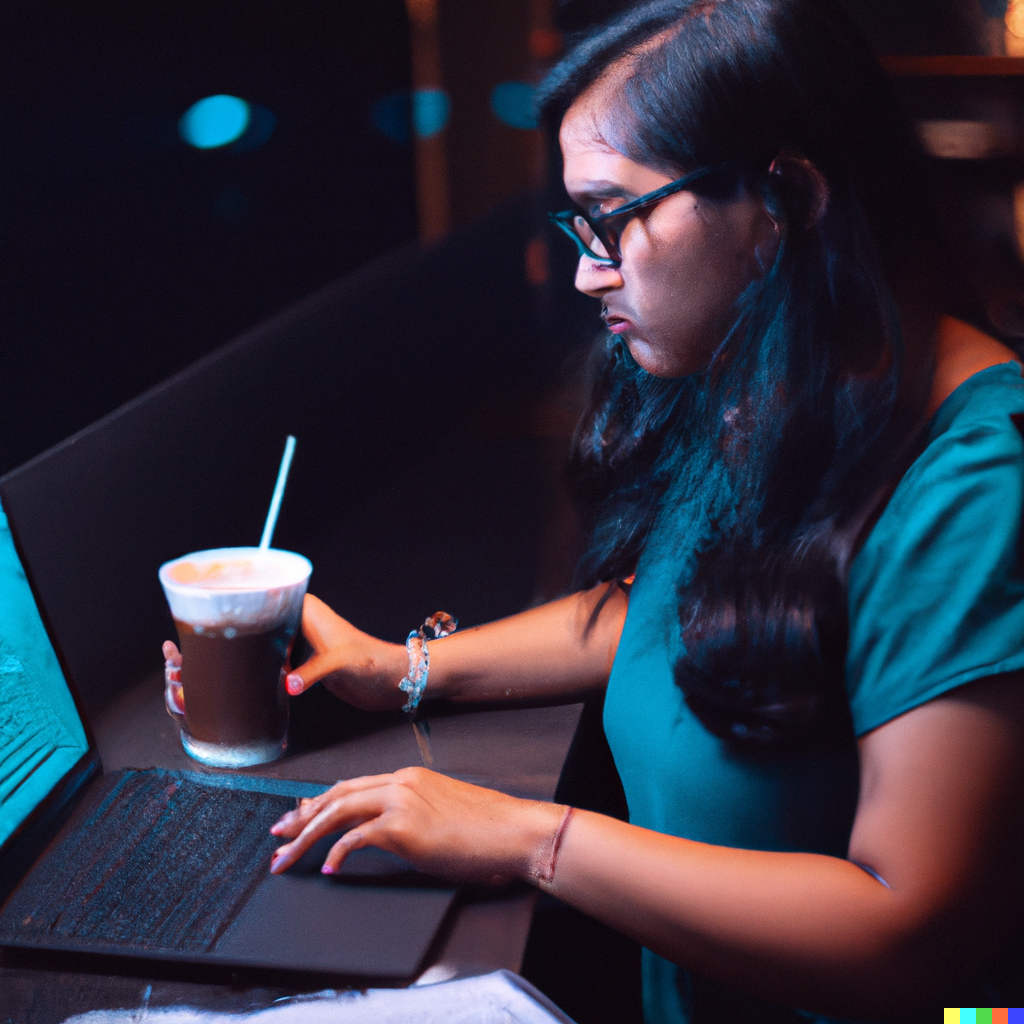
Summary#
In this short blog, we discuss DALL·E 2 a text-conditioned image generation model. The model can generate semantically plausible photorealistic images given a text prompt. The image generation relies on the semantic information from the text, such as a related object, background, etc. Also, we review some of its built-in inpainting features, such as image editing and zoom-out. In addition, we show some research directions that the model can benefit from.